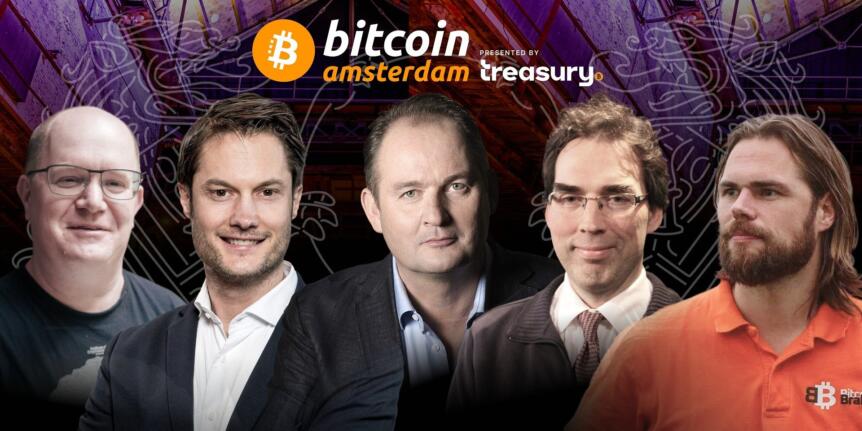Market Pulse
The crypto landscape is continuously evolving, with innovation pushing the boundaries of decentralized technology. Among the most compelling recent developments are Decentralized Physical Infrastructure Networks, or DePINs. These ambitious projects aim to leverage blockchain technology and token incentives to build, maintain, and operate real-world physical infrastructure, from wireless networks to energy grids, promising a revolutionary shift in how we access and utilize essential services globally. As traditional infrastructure faces challenges of centralization, cost, and efficiency, DePINs present a compelling Web3-native alternative poised for significant growth and disruption.
What Exactly Are DePINs?
DePINs represent a paradigm shift, moving the ownership and operation of physical infrastructure from centralized corporations to a decentralized, community-driven model. At their core, DePINs incentivize individuals or entities to contribute real-world resources—such as data storage, wireless coverage, computing power, or sensor deployment—to a network. In return, contributors are rewarded with native crypto tokens, aligning their economic interests with the network’s success. This model fosters a robust, resilient, and permissionless infrastructure layer that can scale globally without the need for massive upfront capital expenditure by a single entity.
- Decentralized Ownership: Infrastructure is built and maintained by a distributed network of participants, not a single corporation.
- Token Incentives: Crypto tokens are used to reward contributors for providing resources and ensure network stability.
- Real-World Utility: Directly connects blockchain to tangible services like internet access, data storage, or energy distribution.
- Community Governance: Often incorporate decentralized autonomous organizations (DAOs) for network decisions.
The Economic Promise of Decentralization
The economic implications of DePINs are profound. By distributing the capital expenditure and operational costs across a vast network of participants, DePINs can offer services at a lower cost than their centralized counterparts. This creates a powerful flywheel effect: lower costs attract more users, which in turn increases demand for infrastructure, encouraging more participants to contribute, and ultimately enhancing the network’s value. Furthermore, DePINs open up new avenues for passive income and entrepreneurial opportunities for individuals who contribute their resources, democratizing access to infrastructure ownership and profit-sharing.
- Reduced Costs: Decentralized funding and maintenance can lower operational overhead.
- New Revenue Streams: Participants earn tokens for contributing resources, creating passive income.
- Market Efficiency: Eliminates middlemen and optimizes resource allocation through token incentives.
- Global Accessibility: Lowers barriers to entry for infrastructure deployment in underserved regions.
Leading Use Cases and Growing Verticals
The DePIN sector is incredibly diverse, with projects addressing a wide array of physical infrastructure needs. Perhaps one of the most well-known examples is Helium (HNT), which incentivizes individuals to deploy wireless hotspots, creating a decentralized IoT network. In the realm of decentralized computing, Render Network (RNDR) allows users to contribute idle GPU power for rendering and AI tasks. For data storage, Filecoin (FIL) provides a decentralized alternative to cloud storage giants. Other promising verticals include:
- Wireless Networks: Providing decentralized internet access or IoT connectivity (e.g., Helium).
- Compute Resources: Offering decentralized GPU, CPU, or cloud computing power (e.g., Render Network, Akash Network).
- Storage Networks: Enabling decentralized data storage solutions (e.g., Filecoin, Arweave).
- Energy Grids: Facilitating peer-to-peer energy trading and decentralized power generation.
- Sensor Networks: Collecting and verifying real-world data for various applications (e.g., DIMO for automotive data).
Challenges and Future Outlook
Despite their immense potential, DePINs face significant hurdles. Scalability remains a key challenge, as managing millions of physical devices and ensuring seamless operation requires robust blockchain infrastructure. Regulatory uncertainty is another concern; as DePINs blur the lines between traditional infrastructure and digital assets, clear legal frameworks are still developing. Furthermore, achieving mainstream adoption requires overcoming technical complexities and competing with deeply entrenched centralized providers. However, ongoing technological advancements, growing institutional interest, and the increasing demand for decentralized, censorship-resistant services suggest a bright future. As the Web3 ethos permeates more industries, DePINs are poised to play a crucial role in building the infrastructure of tomorrow.
Conclusion
Decentralized Physical Infrastructure Networks represent one of the most exciting and impactful applications of blockchain technology today. By empowering communities to build and operate essential services, DePINs offer a compelling vision for a more efficient, resilient, and equitable global infrastructure. While challenges persist, the sector’s rapid innovation and the tangible utility it provides suggest that DePINs are not merely a niche trend but a foundational layer for the next generation of the internet and beyond, offering substantial opportunities for investors and innovators alike.
Pros (Bullish Points)
- Offers tangible, real-world utility for blockchain technology.
- Creates new investment opportunities through tokenized infrastructure.
- Enables more efficient and resilient infrastructure deployment globally.
Cons (Bearish Points)
- Faces significant scalability challenges with physical device management.
- Navigates complex and evolving regulatory landscapes.
- Requires substantial capital and user adoption to compete with established centralized services.
Frequently Asked Questions
What is a Decentralized Physical Infrastructure Network (DePIN)?
A DePIN is a blockchain-based network that uses token incentives to encourage individuals or entities to build, operate, and maintain real-world physical infrastructure, such as wireless networks, data storage, or computing power, in a decentralized manner.
How do DePINs create economic value?
DePINs create value by distributing infrastructure costs, rewarding participants with tokens for their contributions, and fostering efficient resource allocation. This can lead to lower service costs and new passive income opportunities for contributors.
Can you give examples of prominent DePIN projects?
Yes, notable DePIN projects include Helium (HNT) for decentralized wireless networks, Render Network (RNDR) for decentralized GPU rendering, and Filecoin (FIL) for decentralized data storage.



